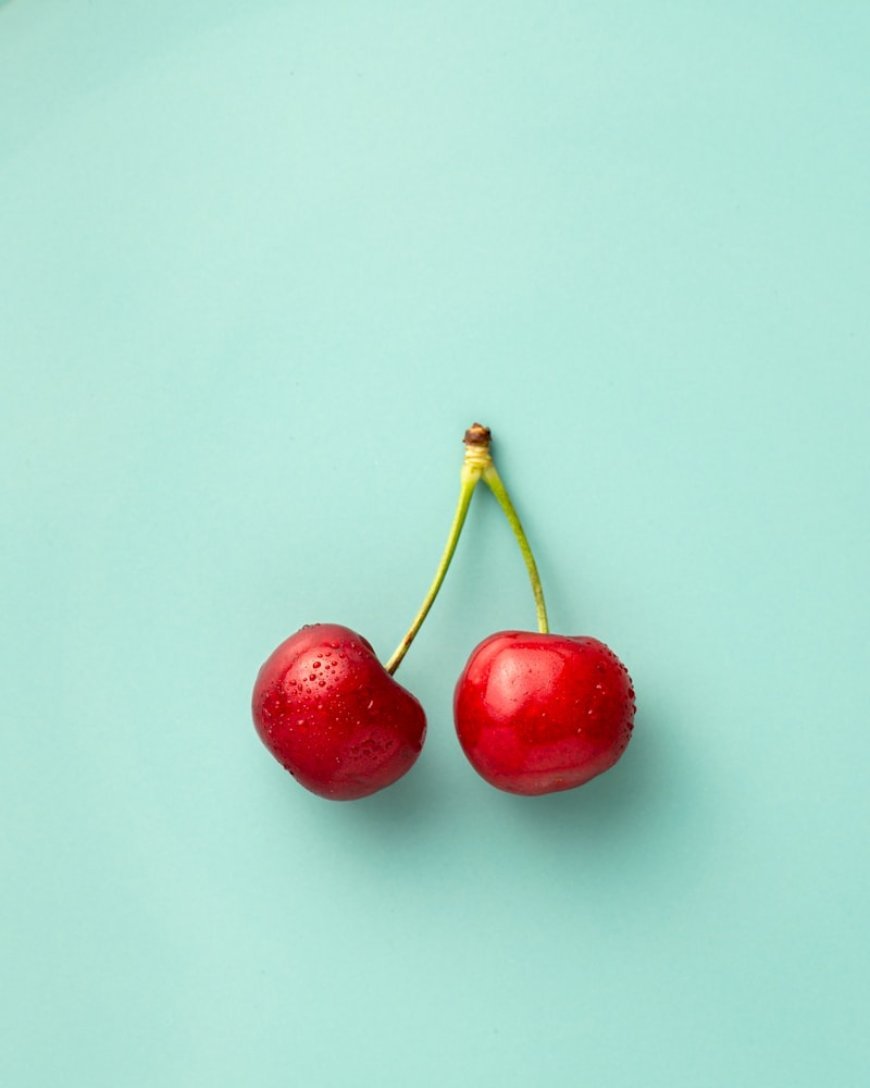Hidden Sugars in Everyday Foods and How to Avoid Them
Learn to identify hidden sugars in common foods and discover practical strategies to reduce your daily sugar consumption for better health.

Sugar hides in unexpected places throughout our food supply, making it surprisingly easy to exceed recommended daily limits without realizing it. Here's how to spot and avoid hidden sugars for improved health and energy.
The Scope of the Sugar Problem
Average Americans consume approximately 17 teaspoons of added sugar daily – more than double the American Heart Association's recommended maximum of 6 teaspoons for women and 9 teaspoons for men. Hidden sugars in processed foods contribute to weight gain, type 2 diabetes, heart disease, tooth decay, and energy crashes.
Many health-conscious people focus on avoiding obvious sweets while missing major hidden sugar sources in everyday foods.
Sneaky Sugar Sources in Common Foods
Condiments and Sauces: Ketchup contains 4 grams of sugar per tablespoon, BBQ sauce has 6-12 grams per 2 tablespoons, many salad dressings contain 2-6 grams per serving, and pasta sauce can have 6-12 grams per half cup serving.
Breakfast Foods Often Considered Healthy: Flavored yogurt contains 15-20 grams of sugar per serving, granola has 8-12 grams per serving, instant oatmeal packets contain 10-15 grams each, and breakfast bars often have 8-15 grams per bar.
Beverages Beyond Obvious Sodas: 100% fruit juice contains 20-30 grams per 8-ounce serving (equivalent to soda), sports drinks have 14-18 grams per 8 ounces, flavored coffee drinks can contain 25-50 grams per serving, and bottled smoothies often have 30-60 grams depending on size and ingredients.
Seemingly Healthy Foods with Surprising Sugar Content
Dried Fruit: Contains concentrated natural sugars plus often added sugar. A small box of raisins has 25 grams of sugar.
Trail Mix: Combination of dried fruit and often sugar-coated nuts can contain 15-25 grams per serving.
Protein Bars: Many contain 15-25 grams of sugar per bar, sometimes more than candy bars.
Vitamin Water and Enhanced Waters: Can contain 13-32 grams of sugar per bottle despite health marketing.
Sugar's Many Disguises on Ingredient Lists
Learn to recognize sugar's numerous aliases: sucrose, fructose, glucose, maltose, dextrose, corn syrup, high-fructose corn syrup, agave nectar, honey, maple syrup, brown rice syrup, coconut sugar, date syrup, fruit juice concentrate, and many others.
Effective Label Reading Strategies
Check ingredient lists carefully – ingredients are listed by weight, so sugar appearing near the beginning indicates high sugar content. Look for multiple sugar sources – manufacturers often split different types of sugar to keep individual sugars lower on the ingredient list.
Use the nutrition facts panel – 4 grams of sugar equals approximately 1 teaspoon. Pay attention to serving sizes – manufacturers often use unrealistically small serving sizes to make sugar content appear lower.
Practical Sugar Reduction Strategies
Beverage Swaps: Replace sugary drinks with water, herbal tea, or sparkling water with fresh lemon or lime. If drinking fruit juice, dilute it 50/50 with water to reduce sugar while maintaining flavor.
Cooking Modifications: Reduce sugar in recipes by one-third – you usually won't notice the difference in taste. Use natural spices like cinnamon, vanilla extract, or nutmeg to add sweetness without added sugar.
Smart Shopping Choices: Choose plain versions of foods and add your own natural flavoring (plain yogurt with fresh fruit instead of flavored yogurt). Buy unsweetened versions when available and gradually adjust your taste preferences.
What's Your Reaction?
 Like
0
Like
0
 Dislike
0
Dislike
0
 Love
0
Love
0
 Funny
0
Funny
0
 Angry
0
Angry
0
 Sad
0
Sad
0
 Wow
0
Wow
0






























